space is key 14 Facts about Deep Space Travel and New Explore
Moon Collision with Earth
When You walk outside and watch as the Moon gets Bigger and Bigger, tumbling towards the Earth at an astonishing speed. Here’s what would happen if the moon hit the earth. As the moon gets closer, we will first notice a dramatic shift in the tides. The oceans will consume coastal cities.
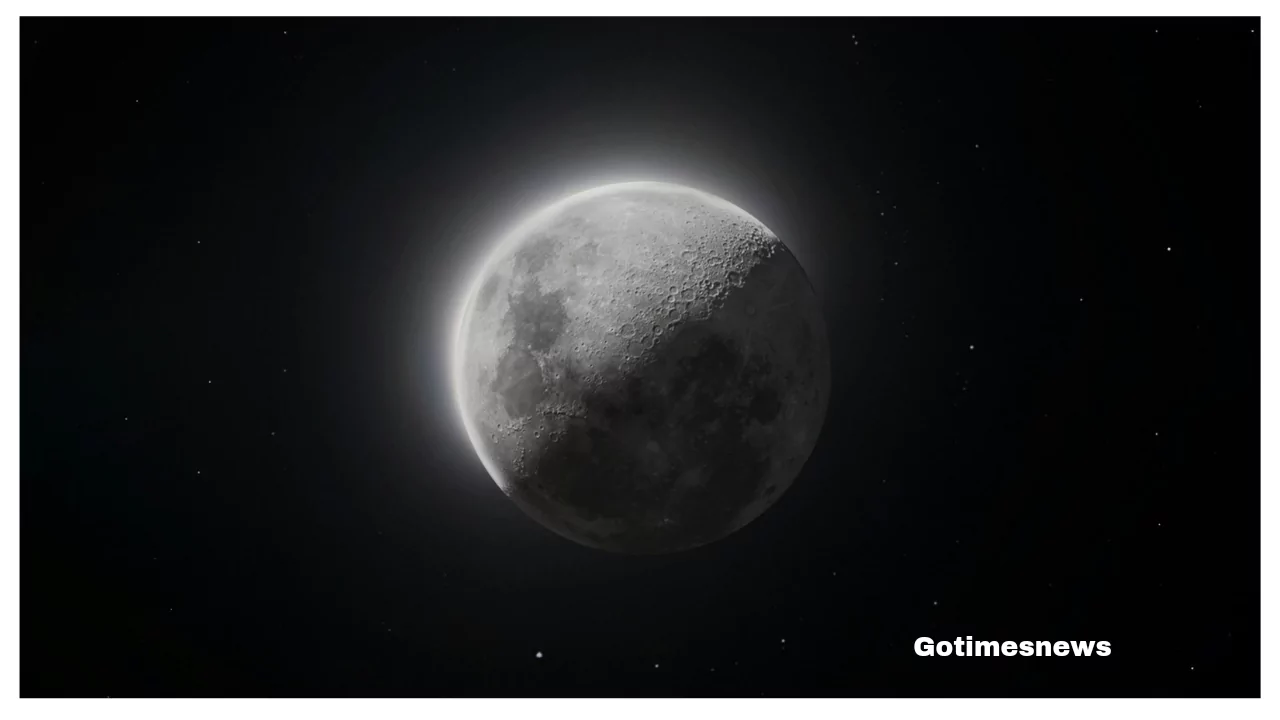
Its gravity will cause our satellites to be thrown out of their orbits, rendering them completely useless. There will be earthquakes and volcanic eruptions every single day. When the moon is just 11,000 miles away from the Earth’s surface, it will be completely torn apart by Earth’s gravity, creating a beautiful ring system similar to Saturn’s. Any survivors will be treated to a breathtaking view of these gorgeous rings shimmering in the sunlight. There will be a brilliant meteor shower made of moon dust every night.
Now I know this sounds bad because this would cause so much destruction, but I kind of wish it would happen just so we could see the ring in the sky.
Launched the Cosmos in 1977 – Space is key
Back in the year 1977, NASA launched the twin Voyager space probes, Voyager 1 and 2, into space. They were originally launched to take advantage of a Rare alignment of Jupiter, Saturn, Uranus, and Neptune that wouldn’t happen again for another 175 years. Now on their way out of our solar system, they visited all of the outer planets, taking all of these jaw-dropping images of them and investigating their moons for the first time.
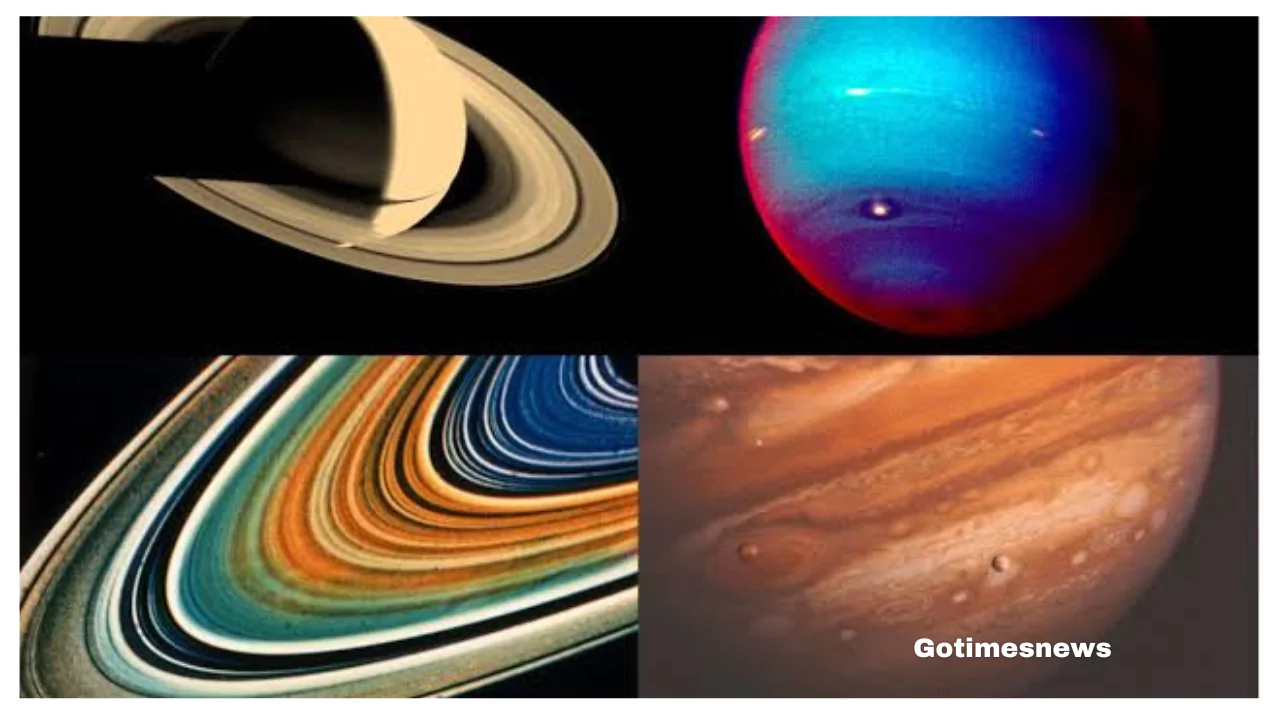
But you see, these are special Spacecraft. They are further away from us than anything ever produced by a human. And NASA thought about what would happen if an alien civilization found one of these spacecraft and so they included a very special message on board. The Golden Record, or as I like to think of it, Earth’s time capsule. One day when humanity has been extinguished like the flame of a candle, this record might be the last evidence of our existence anywhere in the universe.

It tells the story of our World through Sound, images, and Science. Earth’s greatest music through time, the sounds of nature, Spoken greetings in Dozens of Languages, And more than 100 images expertly chosen by Carl Sagan and his team to tell our story, the human story, Earth’s story: Facts about space and space is key
Spacewalk Bruce McCandless: 1984 Floating
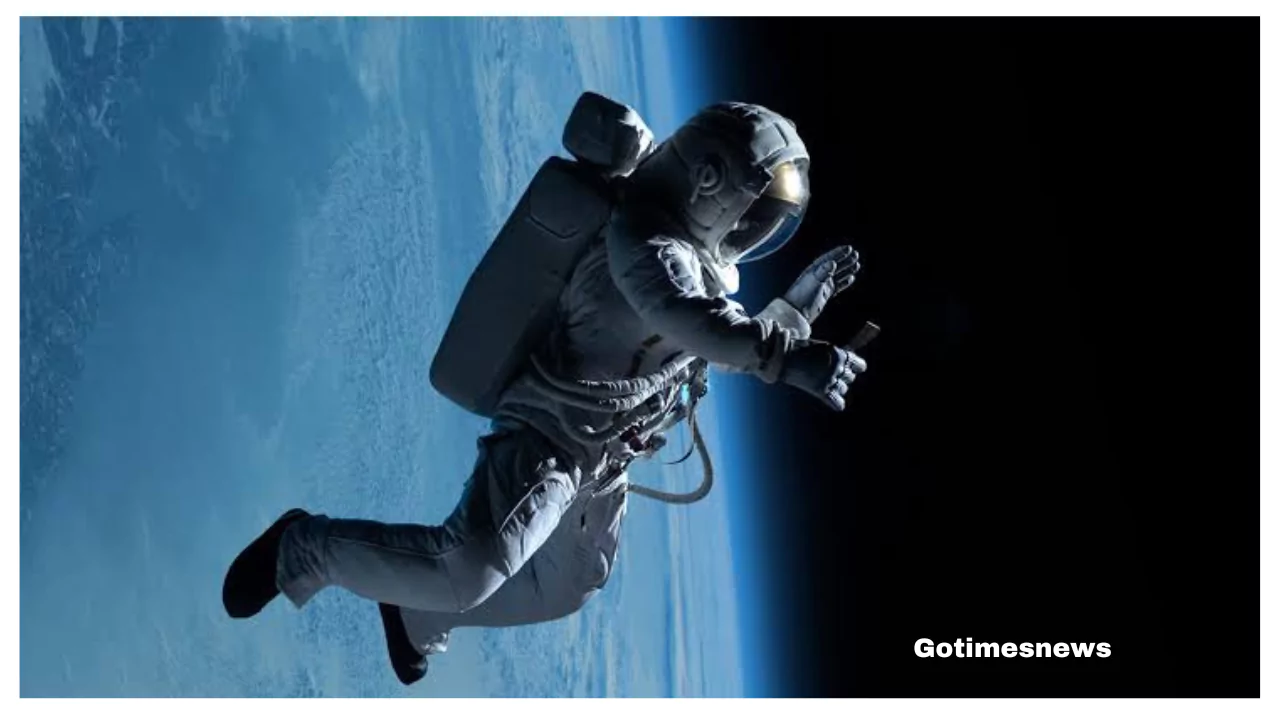
This is a real photo of Astronaut Bruce McCandless floating 100 meters away from the space shuttle with no rope connecting him back to the ship. In 1984, he was on a mission to test the space jetpack system. So he left the ship and flew away into the abyss of space. Now, when he was asked about this mission, he said that the only thing that terrified him was how cold he got as soon as he was away from the shuttle. I mean, imagine the silence, just you alone in space. And what if he just drifted away
Historic Detection of Gravitational Waves as Black Holes Collide
When Black holes Collide with one another, they send literal ripples throughout the fabric of space-time at the speed of light. These ripples squeeze and stretch everything in their path. Similar to the ripples on a lake. Now Einstein predicted that these ripples must exist if his theory of general relativity were to be correct. But it wasn’t actually until 2015 that we finally detected one for the first time. Scientists use an instrument called the Laser Interferometer Gravitational-wave observatory or LIGO.

A laser beam is split down into four-kilometer-long arms with mirrors at the end that reflect the lasers back and forth. Now, as the Gravitational Wave passes through the Earth, the length of each arm is changed ever so slightly, which they were able to detect using this method space is key, and Facts
Mars Rover’s Poignant Last Message
NASA’s Mars rover Opportunity was one of the most successful rovers we have ever launched into space. And her last words are some of the saddest you will ever hear. You see, Opportunity was initially only supposed to survive on the red planet for 90 days, but she was resilient. Using her solar panels, she was able to travel over 28 miles across the Martian surface over 14 years.
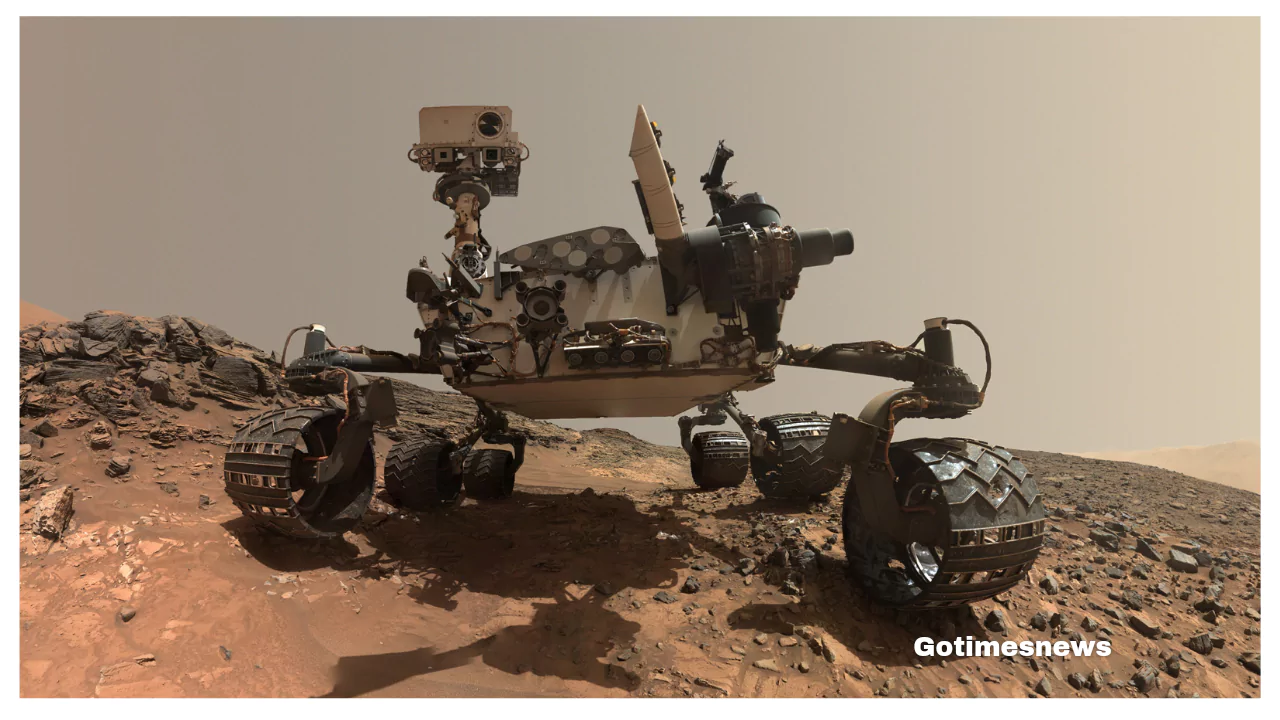
Then one fateful day as a Martian storm descended on the rover and the skies were choked of all sunlight, the solar-powered Opportunity messaged home saying, My Battery is low and it’s getting dark – Space is Key
Color of the Sunsets on other planets
we all know that sunsets here on Earth have that beautiful Red or Pink Blue, but what about on other planets like Mars, for example? Well, luckily we have rovers there that can take some pictures and send them home. And this is what we see. You see sunsets on Mars have this beautiful blue tinge to them.
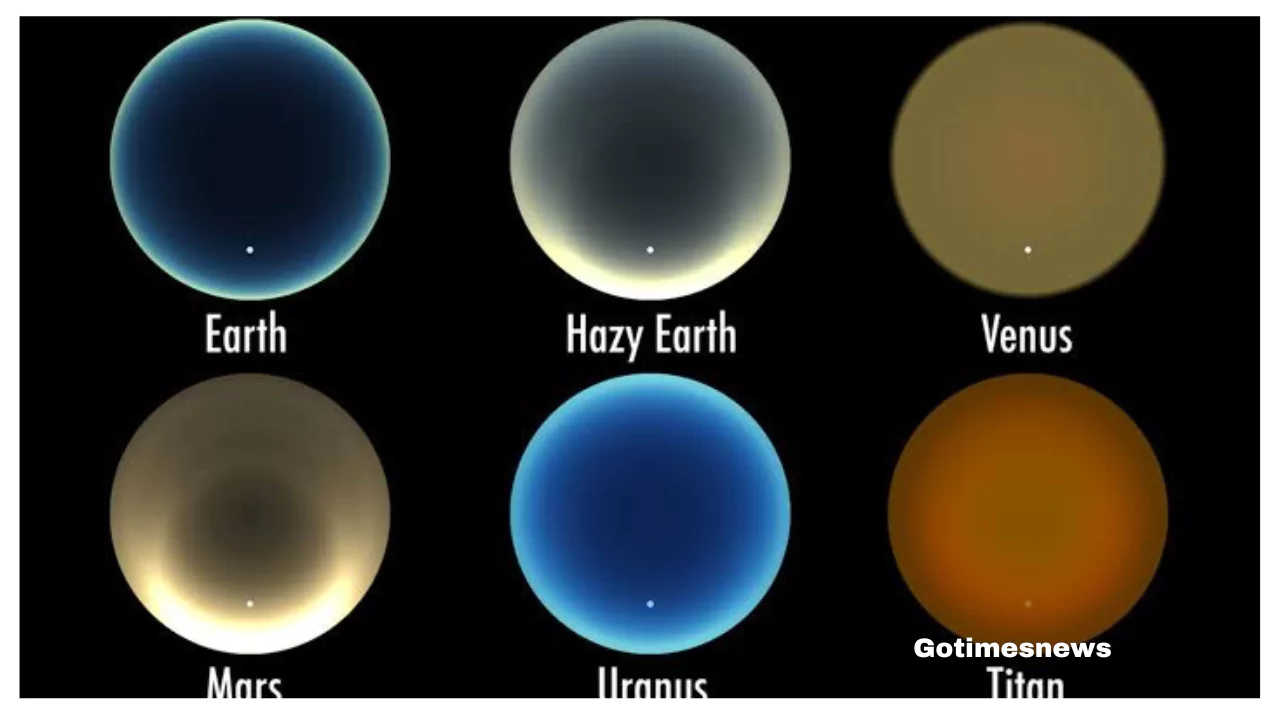
This happens because the fine space dust on Mars’s surface allows the Blue light to penetrate the atmosphere slightly more efficiently than the other colors. Also, you might notice that the sun looks quite small in these pictures. And that’s of course, because Mars is just further away from the sun when compared to the Earth. space is key
Supernova Illuminate Our Night Skies
One day, potentially sometime soon, one of the brightest stars in our night sky will explode. And when it does, your night sky will look like this. I am of course talking about the Red Giant Star Betelgeuse. Betelgeuse is a silly little star who often acts weird, getting brighter and dimmer, shooting off huge amounts of its surface. New research just a few months ago shows that Betelgeuse is in the end stages of its life, fusing carbon in its core.
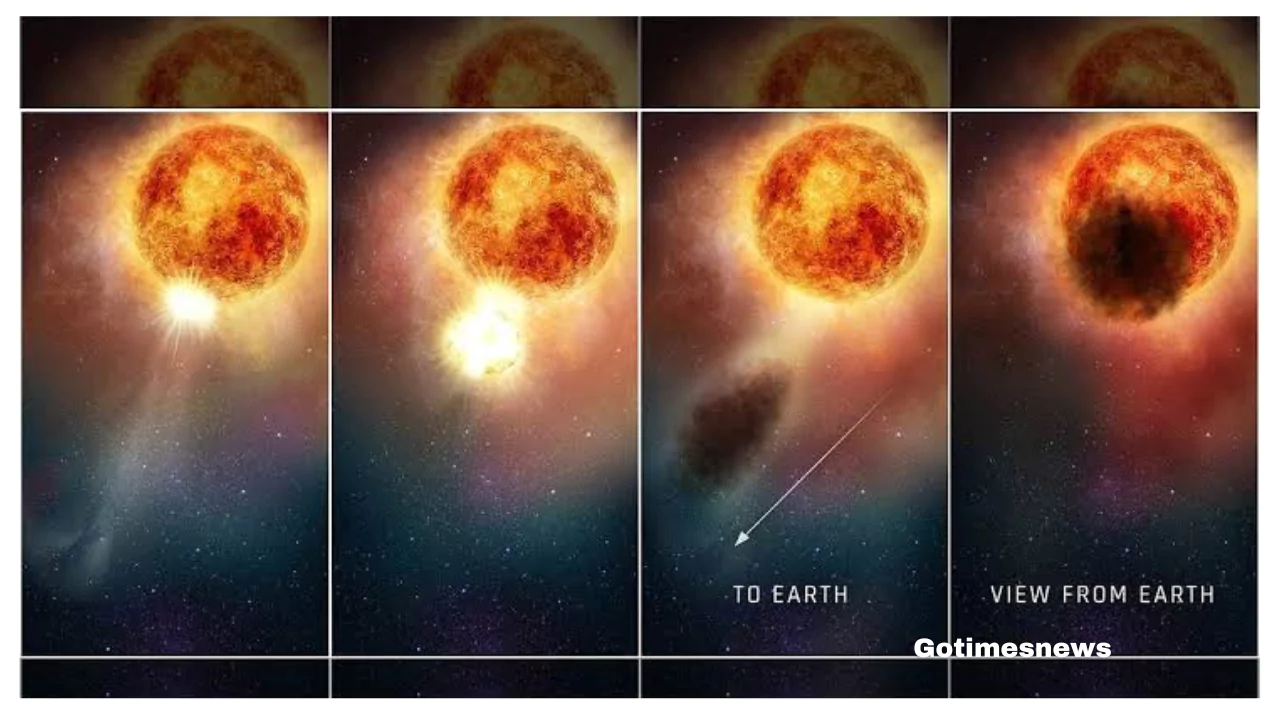
If this is true, Betelgeuse will go boom in your lifetime. I mean, are you kidding me? It will be so bright that you can even see it during the day and it will cast a shadow at night. And yes, before you comment, Betelgeuse is 500 light-years away. So technically it could have already exploded. This is true though, but don’t freak out or anything. We are outside of the danger zone, but if we were 450 light-years closer to Betelgeuse, it could all be over.
Secrets of Black Holes with Earth-Sized Telescopic Arrays
Black Holes are maybe the most elusive objects in the entire universe. They are extremely dense, massive objects that have such a strong gravitational attraction, that not even light can escape their pull. Now our Galaxy Alone could contain over 100 million individual Black Holes, but since they emit no light, they are extremely hard to find unless they are eating. Supermassive Black Holes that live in the center of most, if not all galaxies consume an unbelievable amount of matter

forming the brightly glowing accretion disks you would have seen in movies like Interstellar. Now, while you can’t see the actual black hole itself, you can see the event horizon, the point of no return where light is sucked inside the black hole. Now, despite how far away they are and how impossibly hard they are to find, scientists were able to take pictures of two using a telescope the size of the Earth. You heard that correctly.
When you do the math and figure out how big of a telescope you would need to take a picture of one of these guys in any detail at all, you figure out that you need a telescope the size of the entire earth to have any success at all. Now, we can’t go out into space and build a telescope this size. That’s just not feasible. So they got creative. By using individual telescopes placed all around the globe, you can create an array of telescopes that could theoretically image the black holes.
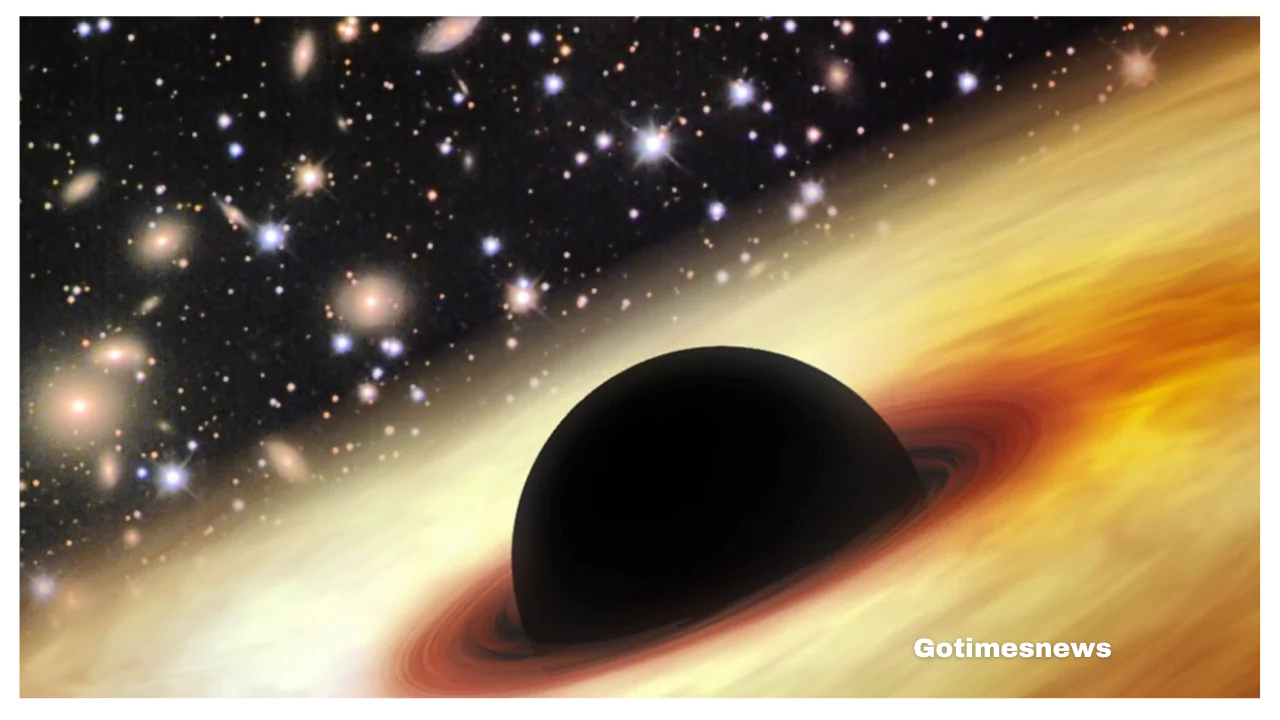
And so they set two targets, the closest Supermassive Black Hole to us, Sagittarius A star, and the supermassive black hole in the Galaxy M87, one of the most massive black holes we know of. Sagittarius A star is our black hole that lives in the center of the Milky Way galaxy. It is just 26,000 lightyears away from you right now. M87 on the other hand is located 53 million light years away. Do you want to know the crazy thing? It worked. These are real images of black holes, not animations or drawings, real photographs. Isn’t that just ridiculous?
Latest New Updates: GoTimesNews
- Inside the final hours of Ron DeSantis’ ill-fated campaign
- Land-Use Changes Threaten Biodiversity in Dongting Lake Wetlands
- Japan’s lunar lander reaches the moon but is rapidly losing power, space agency says
- Richard Allan “Rick” Lasley (1968 – 2024) RIP
- ‘Today’s Special’ actor, activist Nerene Virgin dies at 78
Voyager Spacecraft-1 space is key
Now, back in the year 1990, the Voyager 1 spacecraft was leaving the solar system out past Neptune. Carl Sagan managed to convince NASA to turn her around and take just one last image of Earth. Some people said this was just dumb and a waste of fuel, but they did it anyway. Voyager Spacecraft 1 was 4 billion miles away from the home of Earth when it captured the picture.
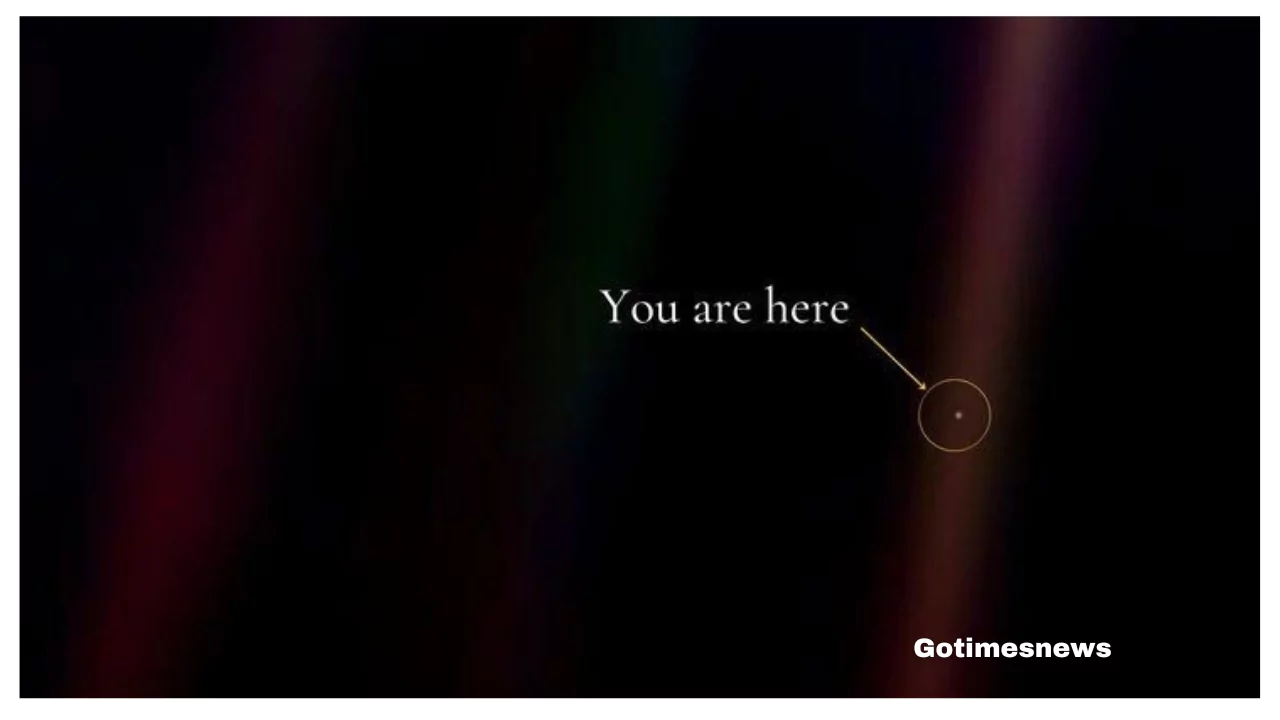
The Earth caught in a scattered ray of light. In his book, when writing about this image, Sagan wrote, that the Earth is the only world known so far to Harbor Life on the Living Spaces
That’s here. That’s home. That’s us.
space is key Facts about Space
Dog Sacrificed in Space Exploration
Incredibly sad story of Laika, the space dog, and back in 1957, the Soviet Union was willing to do whatever it would take to win the space race. No one knew if the human body could withstand the lack of gravity, so they turned to dogs for testing. Laika was a homeless dog from the streets of Moscow city, she was probably so happy thinking and she finally found a home.
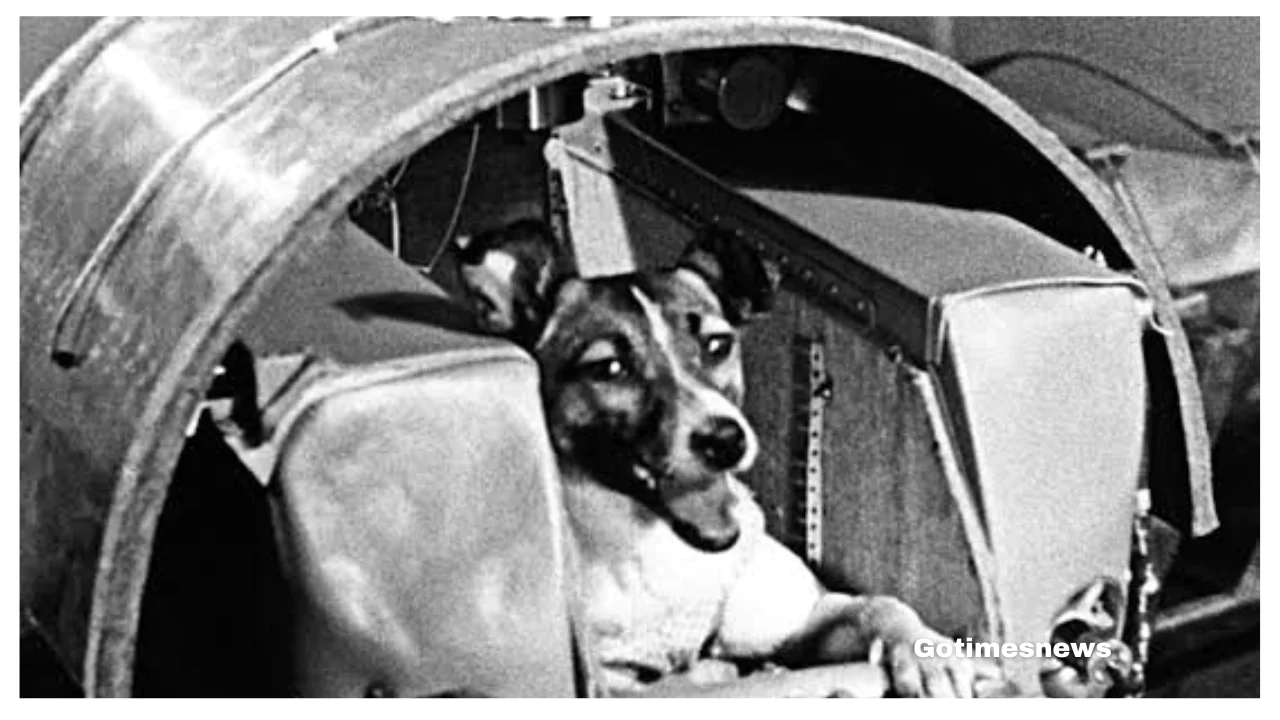
Against her will, the scientists implanted sensors to measure her breathing and pulse, then strapped her into the rocket, knowing they were sending her to the grave. The cabin was just the size of a washing machine, and as it was launched into space, Laika was scared. Her heart rate tripled. The temperature inside rose to 40 degrees Celsius, or 105 degrees Fahrenheit. After just six hours, Laika’s heart stopped but her living spaces
Earth’s Lengthening Days as the Moon Drifts Away

Did you know that days on Earth are getting longer? Each year, the moon moves 1.5 inches away from us, which is a lot if you ask me. As a result, the Earth rotates slightly slower every year, making our days longer. 1.4 billion years ago, a day on Earth was just 18 hours long. And in just 1 billion years, a day on Earth will be 28 hours long, meaning you can get a full night’s sleep and still have 20 hours for activities.
Phoenix Star’s Largest Black Hole
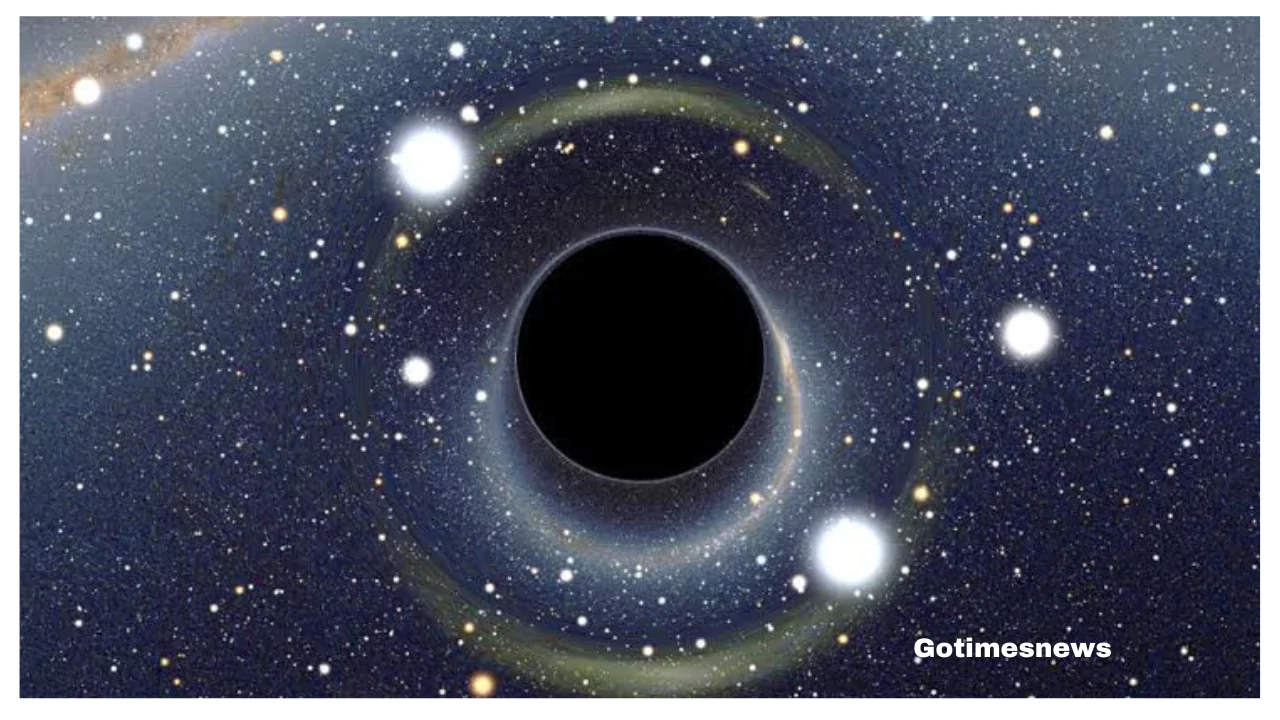
In the heart of a Galaxy 8.5 billion light years away, lies the largest black hole ever discovered. And this thing is terrifying. The Phoenix star is a black hole, and it’s 100 billion times larger than our sun. This black hole is so big that it’s bigger than some entire galaxies. The diameter of the event horizon of this black hole is 100 times the distance between the sun and Pluto That means that if you were traveling in a spaceship at the speed of light, it would still take you 71 days to complete one full loop of the black hole. And the really scary thing, it’s still growing.
Star Dust Connection: Cosmic Origins and Celestial Life

When people say you are a star, they aren’t lying. Every breath of air you take was formed in the heart of a dying star billions of years ago. Every glass of water you drink can be traced to the Big Bang. The atoms in your body are deeply connected to the cosmos. Astronomy and physics are simply how one gets to observe itself. You are truly made of Space Dust
space is key and space dust























